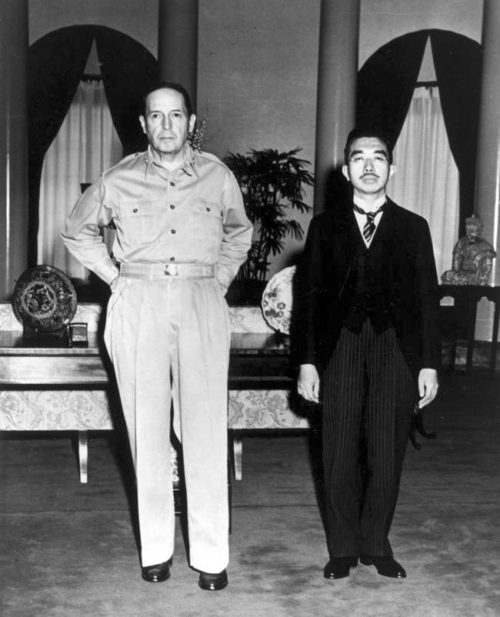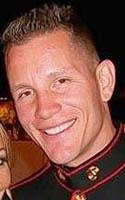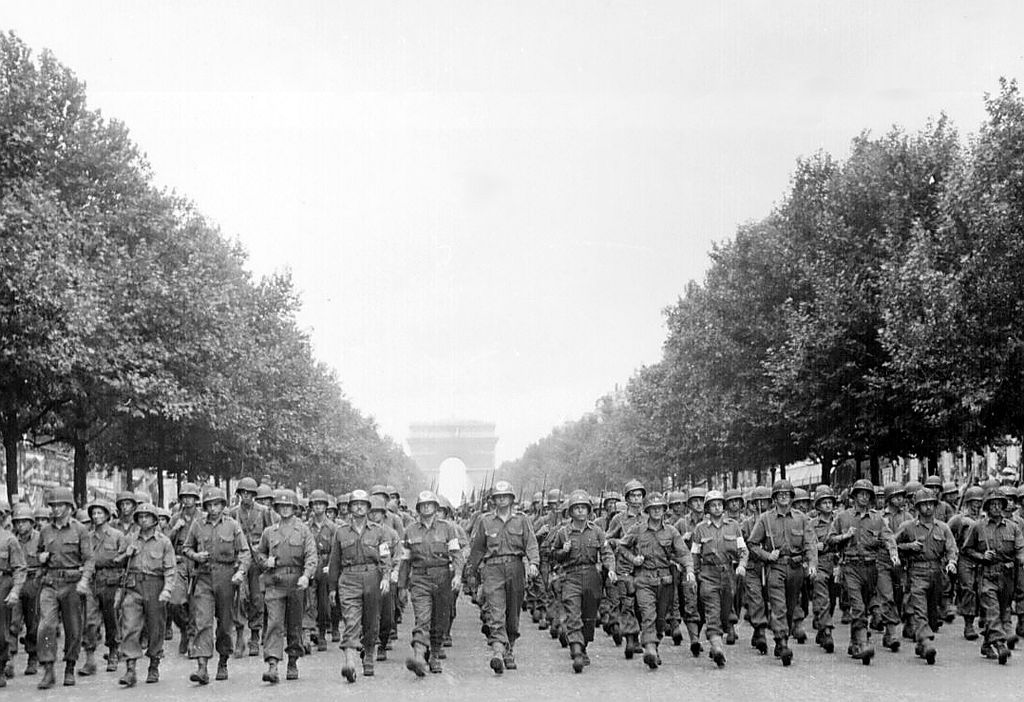August 29 in U.S. military history
1940: At Lawson Army Airfield (modern-day Fort Benning, Ga.), 1st Lt. William T. Ryder and his Parachute Test Platoon conduct the first mass parachute jump in U.S. military history.
Meanwhile, a delegation of British scientists begin sharing radar and other military technologies with the United States, hoping to secure assistance from the still-neutral nation.
1944: (Featured image) Four years after German conquerors marched through Paris’ famous Arc de Triomphe, 15,000 American soldiers of the 28th Infantry Division parade down the newly-liberated capital’s Champs-Élysées.
Meanwhile, a 21-man OSS force led by Lt. Cmdr. Frank Wisner parachutes into Romania, coordinating the rescue operation of well over 1,000 American prisoners of war before they can fall into the hands of the Soviet Red Army.
1945: An American B-29 Superfortress, carrying a load of humanitarian aid to Allied prisoners of war in Korea, is intercepted by Soviet Yak-9 fighters. The supposed allied pilots attack the bomber, forcing 1st Lt. Joseph Queen’s crew to bail out before the plane crashes. The air crew are rescued, and the incident marks one of the first international confrontations between the soon-to-be Cold War rivals.
Across the Sea of Japan, Allied occupation forces begin arriving in Japan, as well as the battleship USS Missouri, which will host the upcoming formal surrender ceremonies on Sept. 2. Gen. Douglas MacArthur is granted the authority to oversee the formation of a new Japanese government. Rather than disband the existing government, MacArthur rules through the emperor – whom the Japanese people still view as divine – during Japan’s transition to democracy.

1949: The Soviet Union detonates their first atomic weapon at a test site in modern-day Kazakhstan — years before the West thought the Soviets could develop a bomb. Engineers originally created a more complicated design, but after studying intelligence collected from the Soviet spy network in the United States, they built a device that was similar to our “Fat Man” bomb. Josef Stalin thought that the successful test would be secret, but a U.S. Air Force WB-29 Superfortress weather research plane traveling from Japan to Alaska detects radioactive material in the atmosphere.
1958: Cadets move from their temporary training site at Lowry Air Force Base in Denver to the newly finished Air Force Academy in Colorado Springs, Colo. Members of the initial graduating class (Class of 1959) already began their training at Lowry in 1955.
1983: U.S. Marine positions at Beirut International Airport come under heavy rocket, mortar, and artillery fire, resulting in two killed in action and 14 wounded — the first fatalities for the American peacekeeping force in Beirut. In less than two months, suicide bombers will target a barracks complex, killing nearly 300 U.S. and French peacekeepers, and leading to the eventual withdrawal of the Multinational Force in February.

Today’s post is in honor of Marine Gunnery Sgt. Floyd C. Holley who, on this day in 2010, was killed while supporting combat operations in Afghanistan’s Helmand province. The 36-year-old from Casselberry, Fla. was serving his third combat deployment and was assigned to the 7th Engineer Support Battalion, 1st Marine Logistics Group, I Marine Expeditionary Force, out of Camp Pendleton, Calif.
